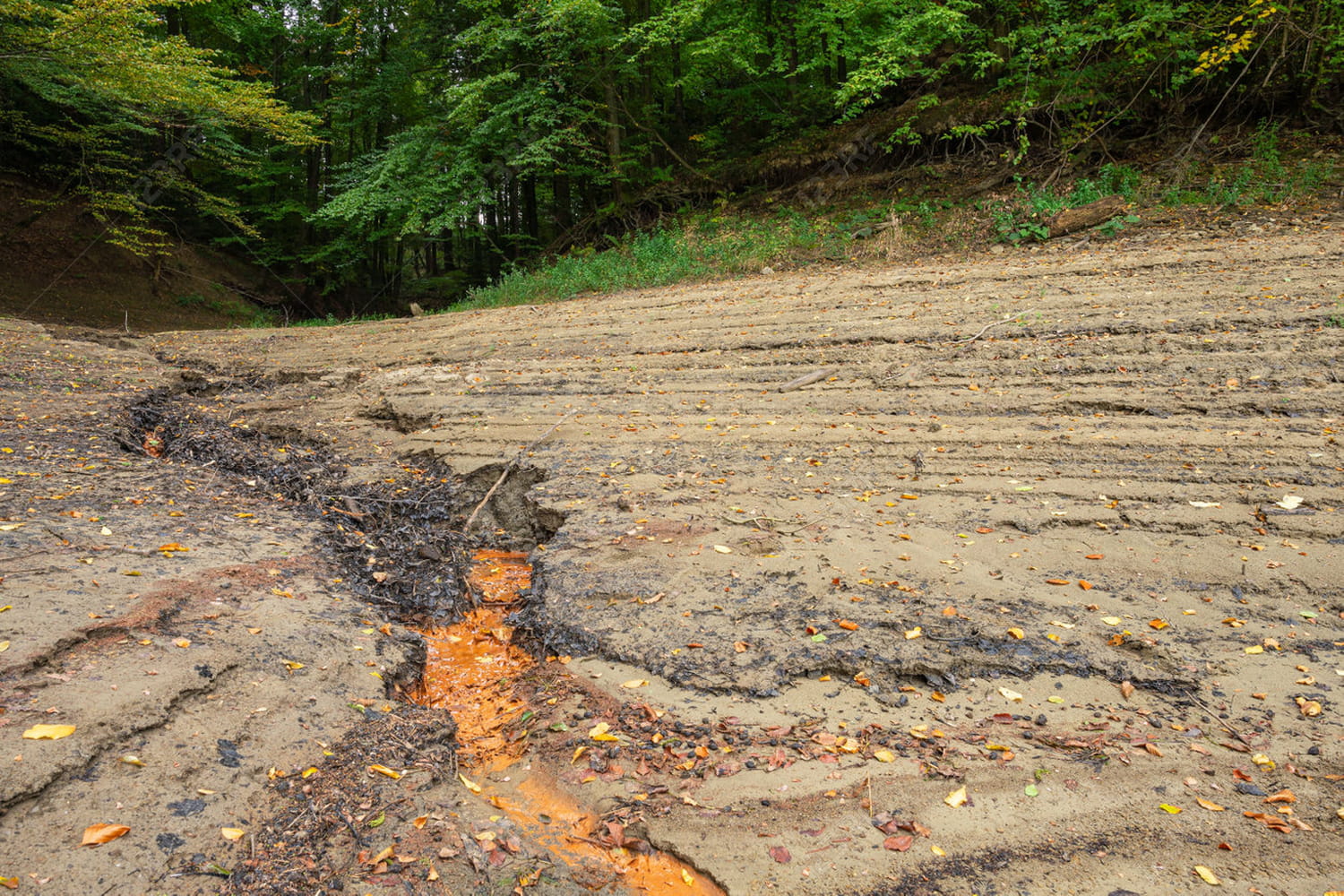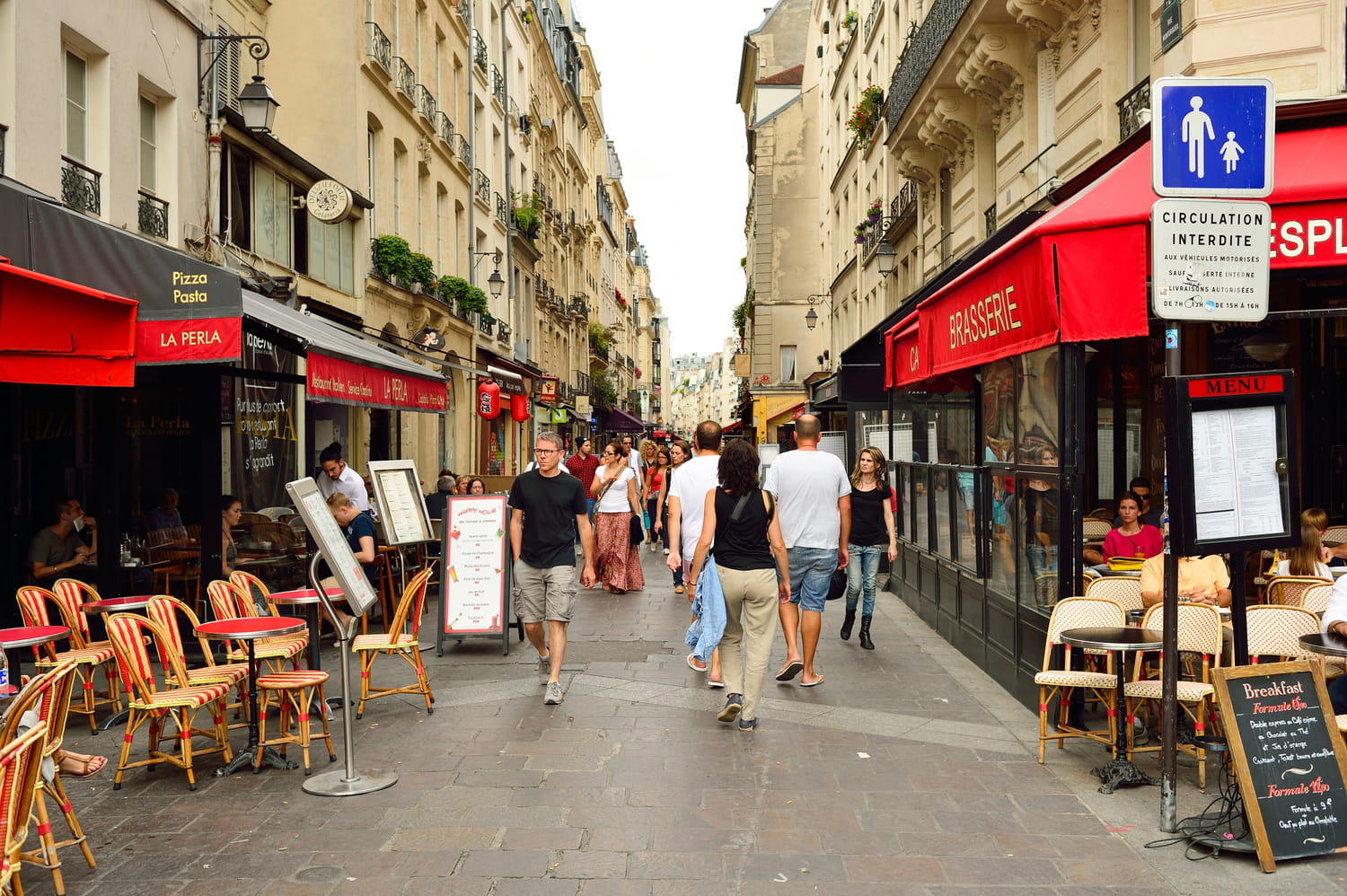Scientists didn’t see it coming.
After an event like the Teil earthquake in Ardèche, the Soultz-sous-Forêts earthquake in Alsace or the Al Haouz earthquake in Morocco, which occurred in areas where seismic activity was considered extremely low, journalists and experts may describe the earthquake as “impossible” because it contradicts previous knowledge or predictions. But what does this really mean?
This is an excellent question which touches both on scientific reality and on a slightly more pictorial or speculative notion in seismology. There is no official scientific term like “impossible earthquake” in the sense of a phenomenon clearly defined and studied as such. L’expression is rather journalistic or metaphorical to designate an earthquake which occurs in a place where it was considered highly improbable or whose trigger mechanism was unexpected. This happens when “dormant” or unknown faults become activated, or when an earthquake occurs in an area considered stable (far from tectonic plate boundaries). These events surprise seismologists because they do not correspond to classic recurrence patterns.
Contrary to what its name suggests, an “impossible” earthquake always remains possible. Researchers at Utrecht University (Netherlands) recently discovered that ancient faults can “repair” – that is, regain mechanical cohesion over millions of years – and thus become capable of rupturing again. This explains why earthquakes sometimes strike stable regions. “When reactivated, often by human activities, these faults release all the stresses accumulated during a powerful earthquake before stabilizing again. Discovery shakes up how scientists assess seismic risks in areas once considered safe, providing new insights for geothermal and energy storage projects that exploit Earth’s surface subsoil“, explain the scientists in their study published in Nature Communications.
The Teil earthquake, which occurred on November 11, 2019 with a magnitude of 5.4, is the most striking French example: it occurred on an unknown fault and caused a rupture on the surface, an extremely rare phenomenon in mainland France. At the beginning of the 2000s, another so-called “impossible” earthquake struck Soultz-sous-Forêts in Alsace, which forced seismologists to reassess the seismic hazard across the entire metropolitan area.
In rarer cases, seismologists use the term “impossible earthquake” to designate the fact that any earthquake is impossible to predict precisely (date, time and magnitude). The seismologist can define a seismic hazard: that is to say the probability that an earthquake of a certain magnitude will occur in a given region over a given period (for example, in the next 50 or 100 years), but it is impossible to say when the rupture will occur. Stress buildup along a fault is slow and the exact timing of energy release is unpredictable.








